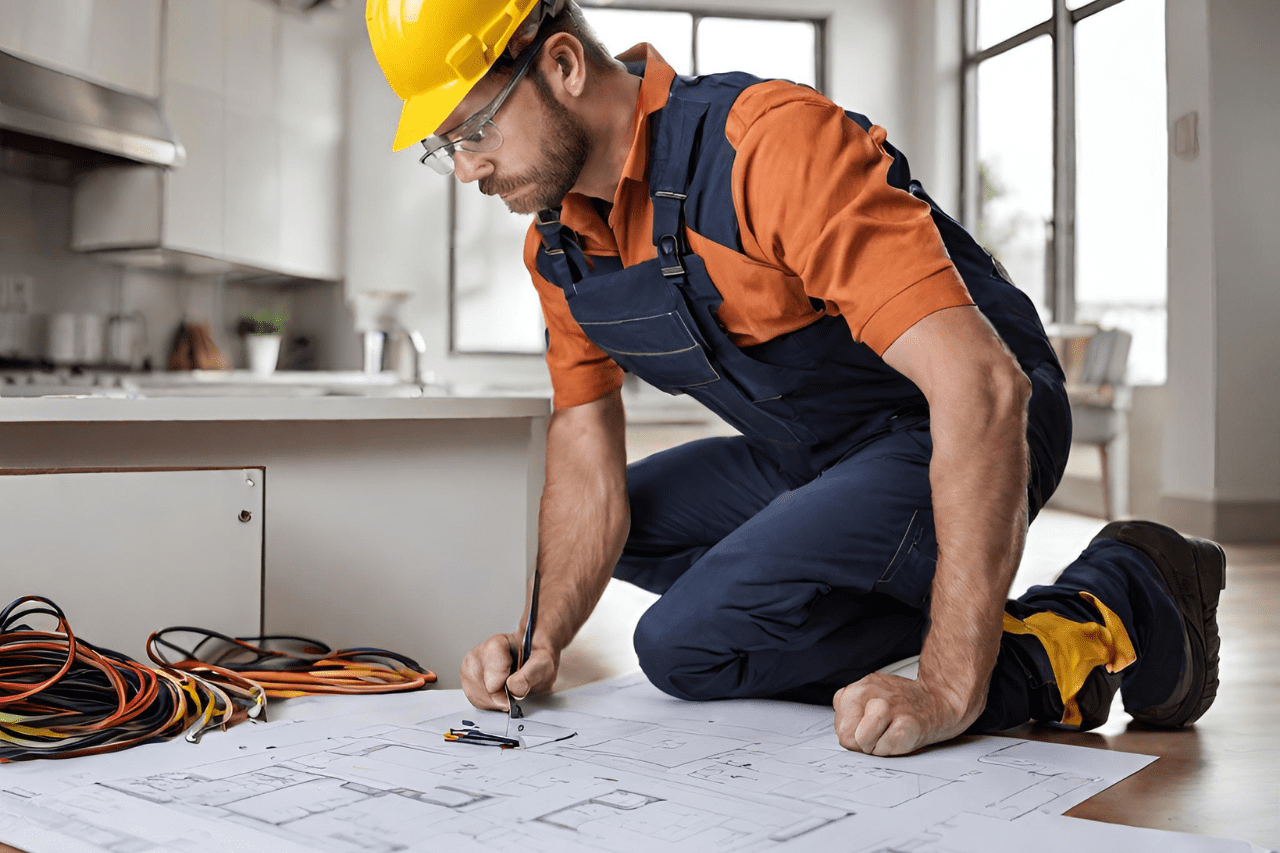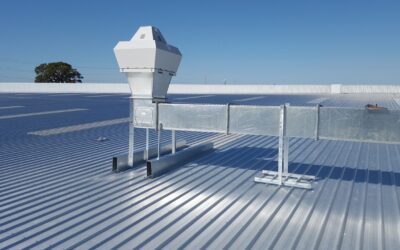Building or renovating a home is an exciting endeavour, but ensuring proper electrical installation should be a top priority. Selecting the right electrical contractor and planning effectively will lead to a safe, efficient, and aesthetically pleasing electrical system in your new home. Follow these 7 key steps for electrical success in your new build or renovation project:
1. Create an Electrical Plan
The first step is to sketch out an electrical plan, indicating where you want switches, outlets, lighting fixtures, and any special electrical components like home entertainment systems, security systems, heat pumps, or smart home tech. Consider:
- How many lighting circuits do you need for different zones (e.g. kitchen vs. bedrooms).
- Where do you want switches located in each room?
- What type of outlets do you need – regular, GFCI, 240V, etc?
- Any special outlets needed for appliances.
- Locations for smoke detectors, security system panels, etc.
Leave a copy of this electrical plan with your builder and electrician so everyone is on the same page. Revisions can be made later as needed.
2. Hire a Licensed Electrical Contractor
Research and hire a professional, licensed electrical contractor with expertise in new home construction and residential remodels. Check reviews and ask for referrals to find someone reliable with competitive pricing.
For new builds, the electrical contractor will likely work alongside your builder to rough in wiring and install boxes before the drywall goes up. They’ll return later to finish work like installing fixtures and devices.
Hiko Electrical, based in Papamoa, comes highly recommended for new home electrical installation in the region. Their team brings decades of experience building wiring systems from the ground up.
3. Walkthrough with Your Electrician
Schedule a walkthrough onsite with your electrician to discuss the plan details and any questions. This is the perfect time to point out anything missed on the original plan, like an outlet you want added for the garage fridge or extra outdoor lighting.
Your electrician can also make recommendations, like suggested switch or outlet locations, whole-home surge protection, or wiring upgrades to support smart home technology.
4. Revise the Electrical Plan
After the initial walkthrough, revise your electrical plan to reflect any changes and finalize it before the rough-in work begins. Submit the final plan to your builder and electrician so that everyone is on the same page prior to installation.
5. Rough-In and Inspections
Your electrician will complete the rough-in wiring, installing boxes, circuits, and other components like the electrical panel before the insulation and drywall go up.
Schedule inspections by a certified building inspector at this stage to ensure proper installation per code. Your electrician can also do periodic inspections and testing to catch any potential issues early.
6. Finish Work and Fixtures
Once the painting is finished, the electrical contractor returns for the finished work, like installing light fixtures, outlets, cover plates, and any remaining switches or smart home devices.
Now is also the ideal time to make any creative final decisions, like choosing funky switch plate covers or positioning sconces at just the right height on the wall.
7. Final Walkthrough & Power Up
Do one final walkthrough with your electrician to test all lights, switches, and outlets before signing off. Ask questions and point out any last tweaks needed.
Once you get the green light, it’s time to power up and enjoy your new, state-of-the-art electrical system!
Frequently Asked Questions
Q: How much will electrical installation cost for my new home?
A: Electrical costs vary widely based on the size of the home, the number of circuits and fixtures, and the type of components used. Budget around $10-15 per square foot as an average for a newly constructed home.
Q: When should I contact an electrician for my project?
A: Contact an electrical contractor early in the design phase before construction begins so they can be involved in the planning process.
Q: What kind of lighting and outlets should I choose?
A: Ask your electrician for recommendations on energy-efficient LED lighting and durable, high-quality outlets and switches to match your home’s style.
Q: Can my electrician set up smart home devices?
A: Yes, a qualified electrician can install and integrate components like wireless light switches, smart thermostats, doorbell cameras, voice assistants, and whole-home automation systems.
Q: How do I ensure adequate whole-home surge protection?
A: Discuss whole-home surge protectors and power conditioning with your electrical contractor. Installing protection at the main panel provides coverage for all connected devices.
Q: What safety precautions should my electrician take?
A: A licensed electrician follows safety standards and best practices, like wearing protective gear, using GFCI outlets in wet areas, and testing circuits repeatedly to ensure safe and compliant installation.
Proper planning and hiring a professional electrician to install and inspect all new wiring and components is crucial to electrical safety in your new home. Following these 7 key steps will help ensure your dream home’s electrical system functions efficiently and reliably for years to come. Reach out to a trusted electrical contractor like Hiko Electrical early in the design process to get started on powering up your ideal home.

This article was originally published on Hiko Electrical







